Cushing’s Disease in Horses is a metabolic disease result from the hormonal imbalance of the Pituitary gland of older horses more than 18 years of age. The disease identified by long, wavy haircoat that do not falls, lethargy, poor athletic performance, excessive seating, infertility, weight loss, chronic laminitis, muscle wasting, especially along the topline, abnormal deposition of fats in various parts of the body like crest of the neck, head, tail, above the eyes and sheath, consumption of large volume of water, less urination, delayed wound healing and increased susceptibility of infections. If you do not go for treatment at an appropriate time, the condition will be worse and ultimately go for euthanasia.
What causes Cushing’s disease in horses?
The condition is characterized by elevated plasma glucocorticoid concentration, most commonly due to excessive secretion of adrenocorticotrophic hormone (ACTH) from the pituitary gland as a result of an adenoma of the pars intermedia. Less commonly, the disease may arise as a result of adrenal neoplasia, ectopic secretion of ACTH or iatrogenically due to exogenous steroid administration. In addition to increased ACTH production from pituitary adenomata, other peptides such a beta-endorphins, melanocyte-stimulating hormone and corticotropin-like intermediate lobe peptide may be secreted. There is a future of harmful feedback mechanisms, and under the continual drive of ACTH, hyperplasia of the adrenal cortices ensues, with hypersecretion of cortisol and adrenocortical androgens.
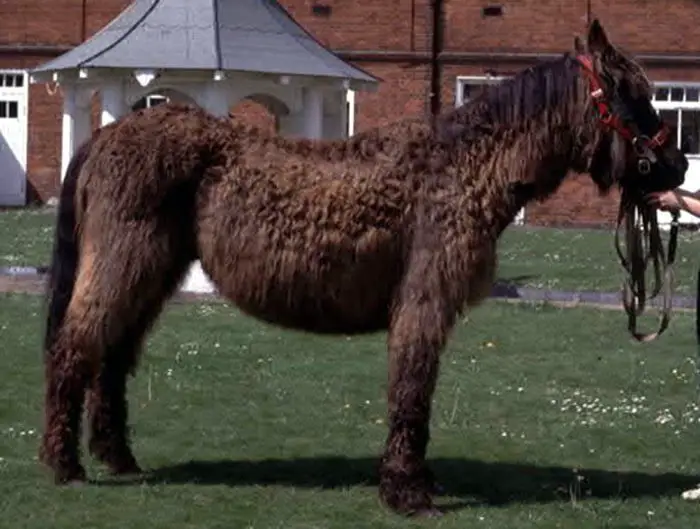
What are the first signs of Cushing’s disease in horses?
The most striking feature of equine hyperadrenocorticism is hirsutism, the exact mechanism of which is unclear. Animals show an excessively long, dense and often curly hair coat, with failure of normal shedding. The mane and tail are usually spared. Hyperhidrosis is common, possibly due to abnormal hypothalamic thermoregulation as well as the effects of the thick hair coat. The underlying skin may appear relatively healthy, although seborrhoea may be present. Other cutaneous findings that may be present include infections and xanthomatous nodules.
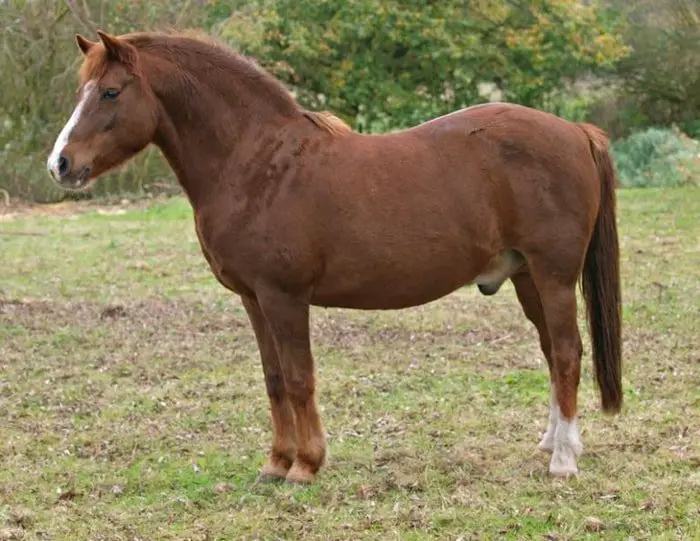
Systemic signs of Cushing’s Disease include muscle wasting, and pot-bellied appearance, laminitis, chronic infections, and often marked polydipsia (up to 80 L/day) and polyuria. Intercurrent diabetes mellitus is quite common. Neurological signs may be present.
This is a condition of older horses and ponies. There is no breed predisposition, but females are reportedly more commonly affected than males.
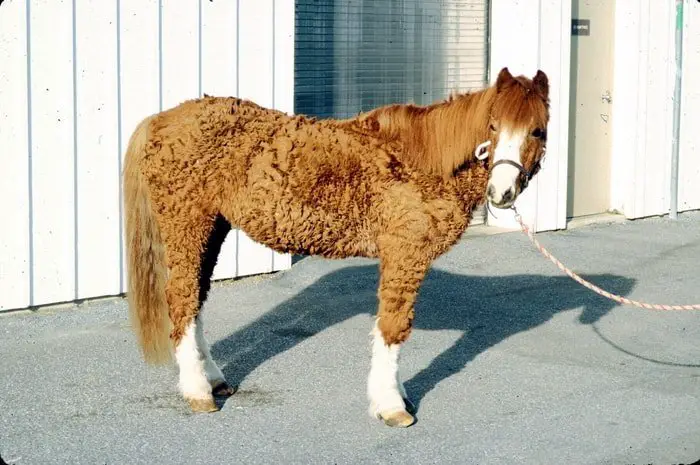
Diagnosis of Equine Cushing’s Disease
- Hematological findings may include neutrophilia, lymphopenia, and eosinopenia, although total white cell count may be normal unless the secondary infection is present.
- Liver enzymes are usually elevated, and hyperglycemia is common.
- Urinalysis reveals a low specific gravity, often glucosuria and sometimes evidence of urinary tract infection.
- Definitive diagnosis depends upon the results of hormonal assays. Resting cortisol values may be elevated, but dynamic tests are required to confirm the diagnosis.
- ACTH stimulation tests and/or dexamethasone suppression tests may be employed.
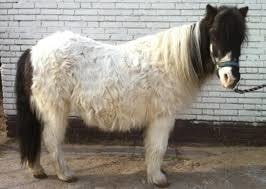
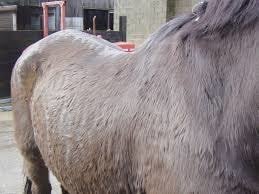
- A combined dexamethasone suppression-ACTH stimulation test has also been described which is performed as follows-
-
- At 09.00 hr, a blood sample is taken for estimation of baseline cortisol concentration, followed by IM injection of 10 mg of dexamethasone.
- At 12.00 hr a second blood sample is taken and 100 IU of synthetic ACTH given IV.
- At 14.00 hr, a third blood sample is taken.
- In healthy horses, the baseline cortisol concentration is 60-70 nmol/L, with suppression to <27 nmol/L and stimulation to 200-400 nmol/L after ACTH.
- Horses with Cushing’s disease fail to suppress to this degree and exhibit a higher response to ACTH.
- Measurement of plasma ACTH concentration may be used to confirm the diagnosis, but no assay is commercially available in the UK, although it is performed in some laboratories in the USA.
- Blood samples require careful handling since ACTH is very labile. An increase in plasma cortisol in response to TRH injection (sample pre and 30 mins post) is also indicative of Cushing’s Disease.
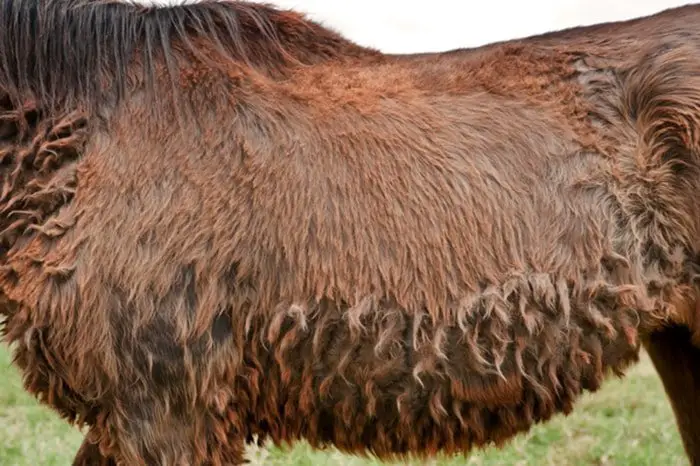
Treatment and Prognosis of Equine Cushing’s Disease
The prognosis of Cushing’s disease is reduced. Oral therapy with mitotane appears to be unhelpful. Some amelioration of clinical signs has been achieved with oral cyproheptadine, a serotonin antagonist which probably interferes with ACTH secretion, at a dose rate of 0.15-0.25 mg/kg PO s.i.d — reducing to alternate days after three mo. If no response is seen after two mo, the dose can be increased to 0.25 mg/kg PO b.i.d. For a future 1-2 months. Beneficial responses have also been obtained with the dopamine against pergolide (0.01 mg/kg PO daily), which interferes with peptide secretion by the pituitary tumor.
A high plane of nutrition is required by these debilitated animals. The expense of treatment and the nature of the condition often results in owners requesting euthanasia.

